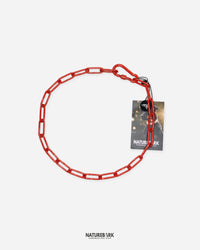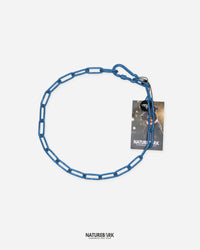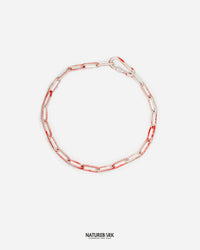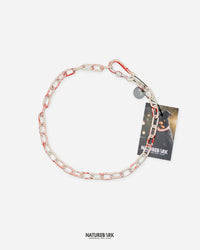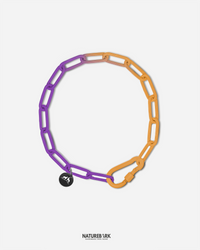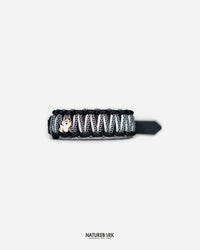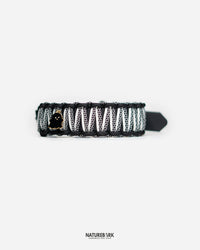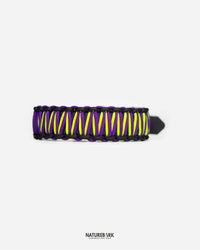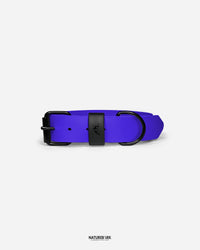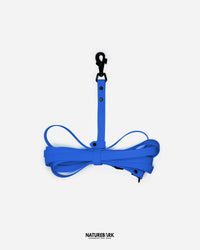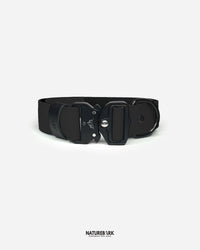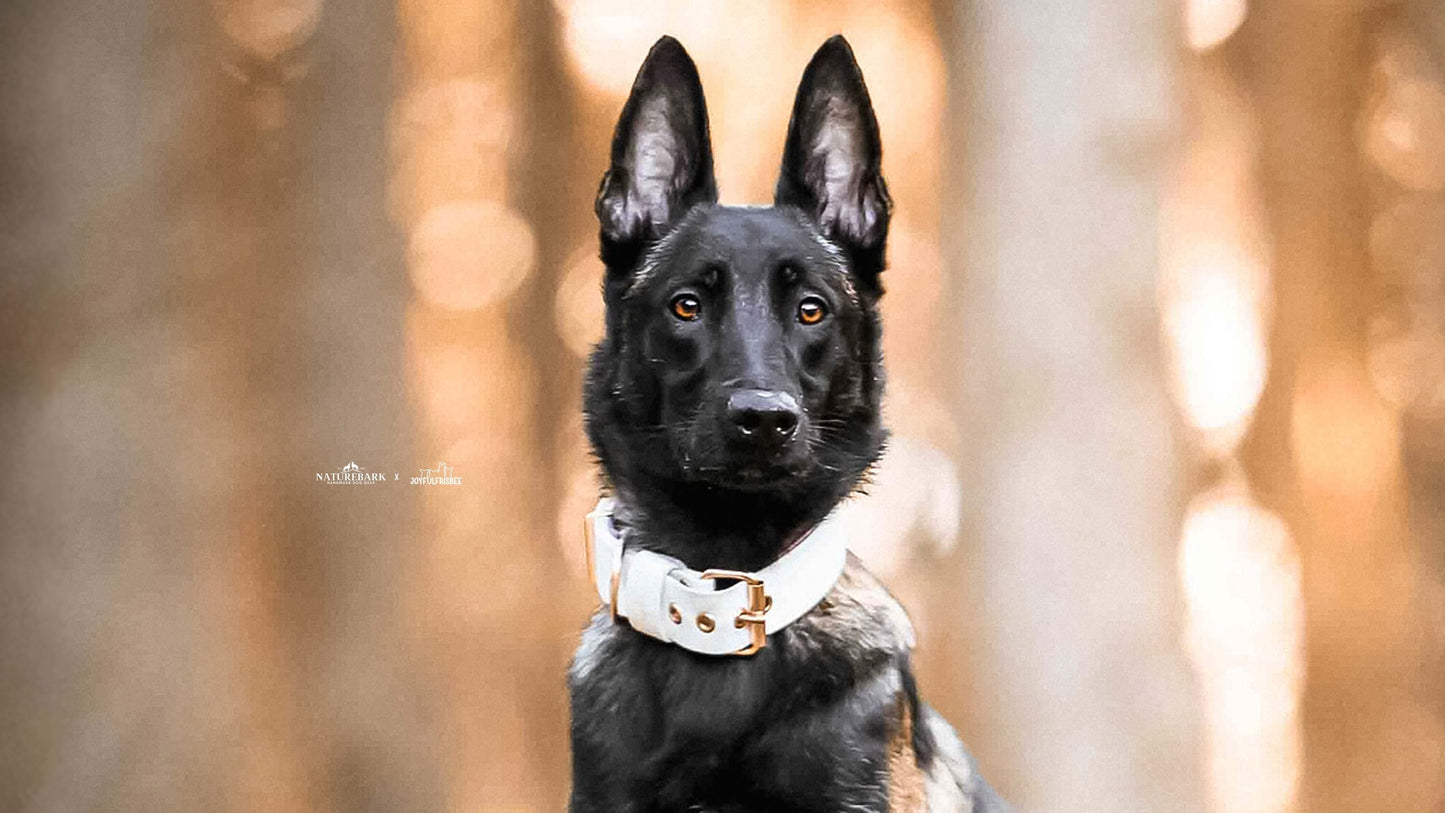
How your dog sees the world – Surprising facts about dog eyesight
Have you ever wondered why your dog can't see the treat right in front of his nose, but can easily spot a bird 500 meters away? No wonder – dogs see the world very differently than we do! Their vision is specifically adapted to their needs and differs from ours in many ways. Let's take a closer look!
Close, but still blurry – Why dogs have poor close vision
Did you know that dogs can't properly focus on objects smaller than 30 cm? Anything directly in front of their noses becomes blurry. Instead of using their eyes, they rely on other senses:
🐶 Super nose instead of super eyes – Because their near vision is weak, dogs perceive their surroundings primarily through their sense of smell. No wonder they sniff before recognizing anything!
🐶 Snout hairs as radar – The fine vibrissae (whiskers) help dogs sense obstacles that they cannot properly perceive with their eyes.
This explains why your dog sometimes sniffs left and right before finding the treat right in front of him – his nose is simply more accurate than his eyes.
In the distance a movement expert
While dogs struggle up close, they are true professionals when it comes to perceiving movement at a distance.
🐕 Stationary objects are often overlooked – A stationary object can quickly become invisible to your dog. If your dog doesn't recognize you when you're standing rooted to the spot, move a little, and he'll respond!
🐕 Movement = visible – Your dog can detect a moving object up to 1000 meters away! That's pretty impressive, right?
🐕 Better vision at dusk – Dogs see much better in low-light conditions than we do. Their eyes are designed to detect movement even in dim light – perfect for hunting at dusk!
What does this mean for training?
This knowledge can make your dog training much more effective!
✅ Use large, clear hand signals – Small, subtle movements are easily lost. When using hand signals, make them large and clear.
✅ Move to get attention – Is your dog ignoring you? Maybe you're standing too close or too still. Move more or take a step back – this helps!
✅ Be aware of distance – Your dog will recognize you better from a distance if you're moving. If he doesn't notice you, try a gesture or a change of direction.
Conclusion: Dogs see differently – so train cleverly!
Dogs perceive their environment very differently than humans do. Movement is key for them, while they rely more on their sense of smell and touch over short distances. By keeping this in mind, you can improve your dog training and avoid misunderstandings.
Have you ever experienced your dog not noticing you because you were too quiet? Share your experience in the comments! 🐶👇
















